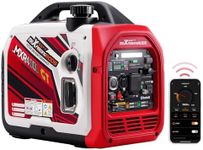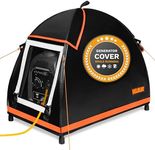Buying Guide for the Best 3000 Watt Inverter Generator
Choosing the right 3000-watt inverter generator can be a bit overwhelming, but understanding the key specifications can help you make an informed decision. Inverter generators are known for their efficiency, quiet operation, and ability to produce clean power, making them ideal for sensitive electronics. Here are the key specs you should consider when selecting a 3000-watt inverter generator and how to determine which one is the best fit for your needs.Power OutputPower output is the amount of electricity the generator can produce, measured in watts. A 3000-watt inverter generator can provide enough power for most household appliances, RVs, and outdoor activities. It's important to consider both the starting watts (surge power) and running watts (continuous power). Starting watts are higher and needed for appliances with motors, like refrigerators or air conditioners, while running watts are for continuous operation. Ensure the generator's power output matches or exceeds the total wattage of the devices you plan to use simultaneously.
Fuel TypeInverter generators typically run on gasoline, but some models can also use propane or even diesel. Gasoline is the most common and widely available, but propane can be a cleaner and more stable option, especially for long-term storage. Diesel generators are less common but offer better fuel efficiency and longevity. Choose a fuel type based on availability, storage, and your specific needs. For example, if you need a generator for camping, propane might be more convenient, while gasoline is suitable for general home use.
Run TimeRun time refers to how long the generator can operate on a full tank of fuel. This is usually measured in hours at a specific load, such as 25% or 50% of the generator's capacity. Longer run times mean fewer refueling stops, which is convenient for extended use. If you plan to use the generator for long periods, such as during power outages or camping trips, look for models with longer run times. Keep in mind that run time can vary based on the load and fuel type.
Noise LevelNoise level is measured in decibels (dB) and indicates how loud the generator will be during operation. Inverter generators are generally quieter than conventional generators, making them suitable for use in residential areas, campsites, and other noise-sensitive environments. Noise levels can range from around 50 dB (similar to a quiet conversation) to 70 dB (equivalent to a vacuum cleaner). If noise is a concern, opt for a generator with a lower decibel rating. Consider where and when you'll be using the generator to determine the acceptable noise level.
PortabilityPortability refers to how easy it is to move and transport the generator. This is influenced by the generator's weight, size, and design features like handles and wheels. A 3000-watt inverter generator can weigh between 50 to 100 pounds, so consider how often you'll need to move it and whether you'll have help. If you plan to use the generator for camping, tailgating, or other activities that require frequent transportation, look for a model with built-in wheels and ergonomic handles for easier mobility.
Parallel CapabilityParallel capability allows you to connect two inverter generators to double the power output. This feature is useful if you need more power than a single 3000-watt generator can provide but still want the benefits of inverter technology. If you anticipate needing more power in the future or want the flexibility to expand your power capacity, choose a generator with parallel capability. Ensure you have the necessary cables and compatible models to connect the generators.
Outlets and ConnectivityThe number and type of outlets on a generator determine what devices you can plug in and how many at once. Common outlets include standard 120V AC outlets, USB ports, and 12V DC outlets. Some models also offer RV-ready outlets or twist-lock plugs for higher power needs. Consider the devices you'll be powering and ensure the generator has the appropriate outlets. For example, if you need to charge multiple electronic devices, look for models with multiple USB ports.

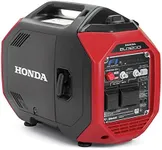
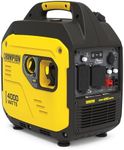
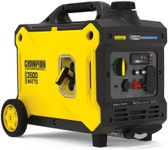

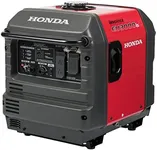
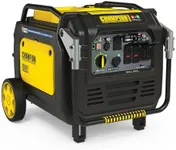

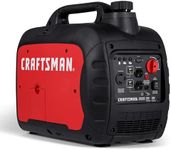

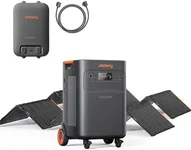

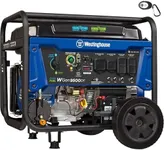
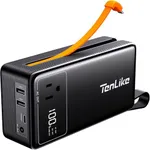
![[Upgraded Version] ALLPOWERS S2000 Portable Power Station 2000W (Peak 4000W) MPPT Solar Generator 1500Wh Backup Battery with 4 AC Outlets for Outdoor Camping RV Emergency Off-Grid](https://images-proxy.bestreviews.guide/YtTaRg6uNv-LaNq9_7sPyzjq62s=/0x150/https://m.media-amazon.com/images/I/31g7wSEKaOL._AC_CX679_.jpg)
